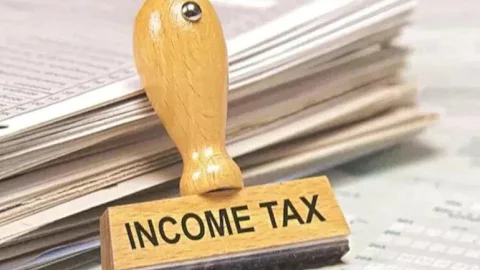With more people working from home last year, the Canada Revenue Agency has simplified the process of claiming expenses for doing remote work. The changes apply specifically to 2020.
There’s a new flat rate of $2 for every day an employee worked from home capped at $400, as well as a detailed method that allows an employee to claim a wider range of expenses.
But which method applies best to which type of WFH employee?
Using the $2 flat rate
An employee who was either forced to work from home, or given the option to, because of the pandemic, should have logged more than 50% of their total work hours from home for a minimum of four consecutive weeks.
Any WFH employee can claim $2 for each day they worked remotely, but this covers only their home office expenses and nothing else. Even if their employer has reimbursed them for certain WFH costs, the employee may still file for tax deductions using the flat rate.
Those who choose this method of calculation must simply account for the number of days they worked full-time or part-time hours from home, subtracting their days off, statutory holidays, vacation and sick days, and other absences. The total number should be multiplied by the flat rate.
Using the detailed method
An employee may claim a wider range of WFH expenses if they were required to work remotely or were given the option to because of the pandemic, and that they logged more than 50% of their total work hours from home. The teleworking period should be for at least four consecutive weeks.
They can break down the expenses related to their WFH operations, such as when they need to meet clients, customers or colleagues regularly in their designated work space at home. However, they will need to provide supporting documents for each type of expense claimed.
Under this method, a WFH employee who earns from multiple sources of income can only claim expenses associated with their employment income.




